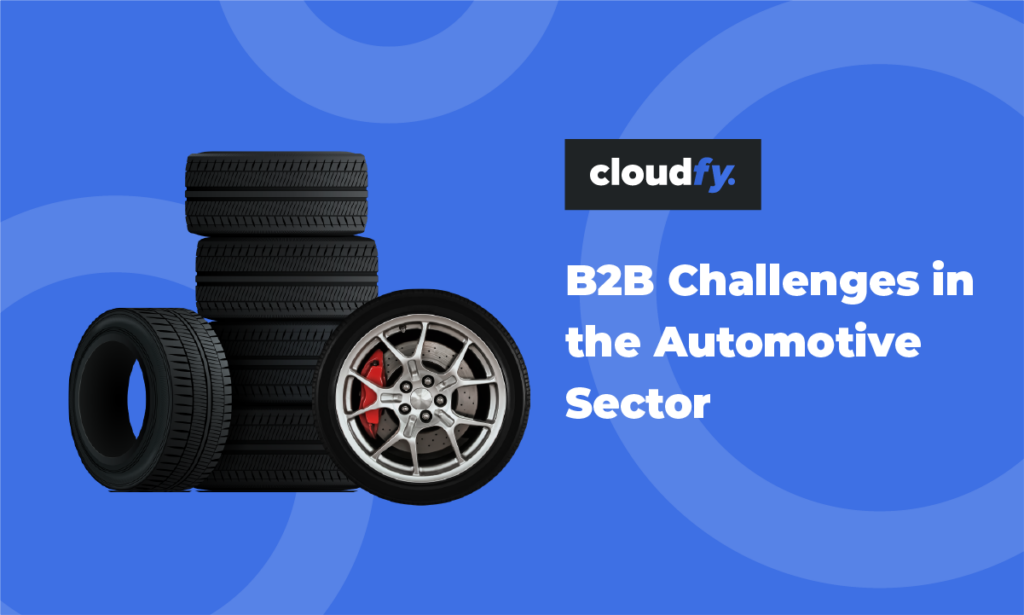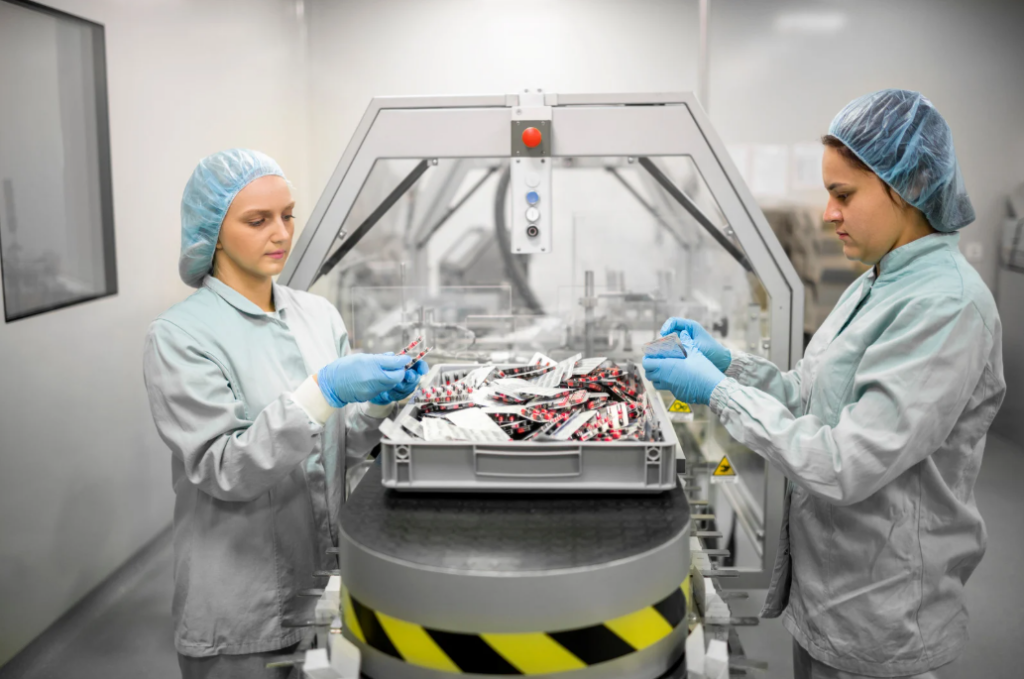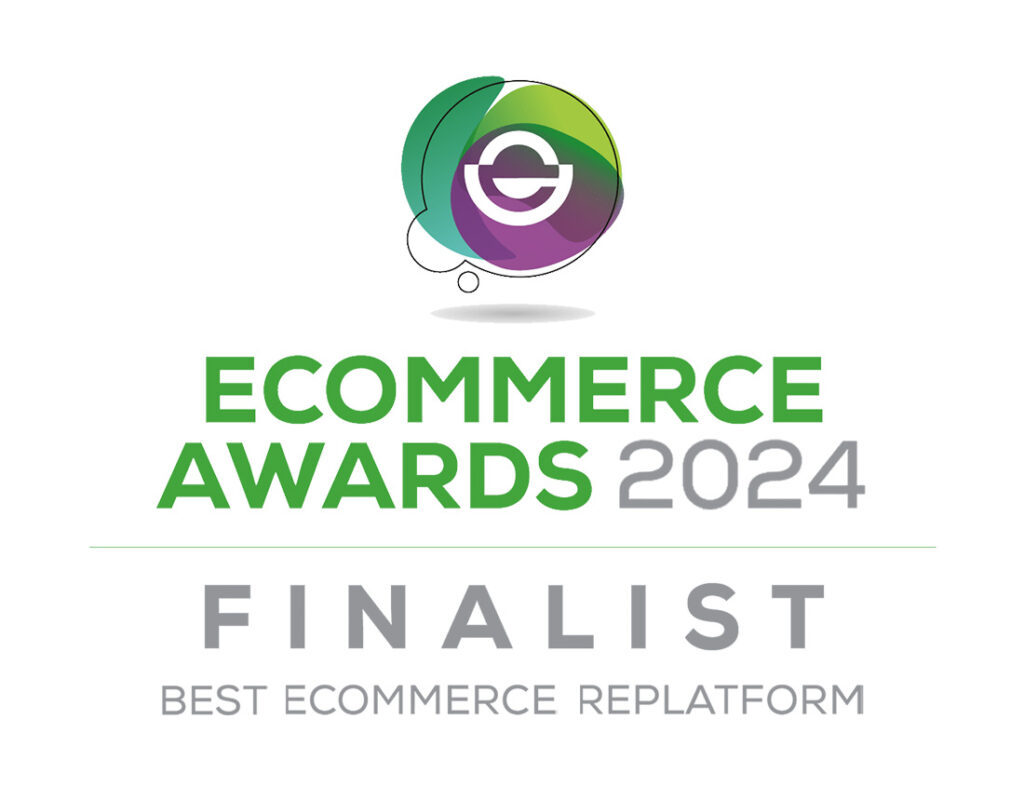Going Headless in B2B: What You Gain, What to Watch For and How Cloudfy Is Evolving to Meet the Demand
Explore the rise of headless commerce in B2B, the real-world trade-offs, and how platforms like Cloudfy are adapting to offer greater flexibility without compromising core functionality.
In the fast-moving world of ecommerce, flexibility is everything. That’s where headless commerce comes in. A decoupled approach that separates the front-end customer experience from the back-end ecommerce engine. It gives businesses the freedom to deliver highly customised, lightning-fast digital experiences across multiple channels without being restricted by the structure of their ecommerce platform.
When Did Headless Commerce Begin?
The concept of headless ecommerce began gaining traction in the mid-2010s, as retailers and developers looked for ways to innovate beyond the limitations of traditional monolithic platforms like Magento or Salesforce Commerce Cloud. These systems were powerful, but often rigid making it hard to launch new features quickly or adapt to changing user behaviours.
By 2018–2020, headless was no longer a fringe idea it was becoming mainstream, particularly in B2C retail. The rise of Progressive Web Apps (PWAs) and API-first architectures meant that businesses could control the entire presentation layer, while still relying on a robust backend for orders, pricing, and inventory.
The State of Headless Commerce Today
Today, headless commerce is at a pivotal moment. According to Salesforce’s 2023 State of Commerce report, over 60% of ecommerce businesses have either implemented or are actively exploring headless commerce. The appeal? Faster performance, omnichannel flexibility, and complete freedom to customise the front-end experience. From mobile-first storefronts to app integrations and IoT, headless architecture supports the kind of agility modern ecommerce demands.
But while the B2C world has been quick to adopt, B2B companies have been slower to make the switch, mainly due to more complex needs like customer-specific pricing, bulk ordering, account hierarchies, and ERP integrations. However, that’s now changing.
Headless for B2B: More Than Just a Trend
In the B2B space, headless has huge potential especially for industry sectors like Food and Drink, where speed, accuracy, and reliability are critical. Buyers need real-time stock data, fast reordering tools, and mobile-optimised interfaces all tailored to their specific contract pricing and delivery schedules. Headless makes this easier by allowing you to design custom buyer journeys without compromising the business logic that powers them.
How Does Headless Work with SaaS Platforms and What’s the Take-Up?
One of the biggest misconceptions about headless commerce is that it’s only suited to open-source or custom-built solutions. SaaS platforms are increasingly adopting headless architecture to give their customers the best of both worlds: stability and scalability on the backend, with flexibility and creative freedom on the frontend.
In a headless SaaS model, the platform still handles the core ecommerce logic like product management, checkout, inventory and pricing, but exposes that functionality via APIs. This allows businesses to build completely custom frontends, connect with multiple sales channels, or even integrate with third-party services like mobile apps, POS systems or marketplaces all while relying on the robustness and continuous improvement of a SaaS backend.
One of the biggest misconceptions is that headless commerce is still niche. According to Salesforce’s 2023 State of Commerce report, while around 57% of organisations without headless today plan to implement it within two years among those already using headless platforms, a striking 77% say it enables faster storefront updates and greater operational agility. That trend spans both B2C and B2B, but adoption is particularly strong in sectors with complex user journeys or multi-channel sales strategies — including Food and Drink, FMCG, and Manufacturing.
As more B2B brands look to differentiate their digital experiences while maintaining operational efficiency, headless SaaS platforms offer a path forward: low maintenance, high flexibility, and future-ready architecture.
As more B2B brands look to differentiate their digital experiences while maintaining operational efficiency, headless SaaS platforms offer a path forward. But while the benefits of headless commerce are compelling: flexibility, performance, and full design control. it’s not a one-size-fits-all solution.
So, is headless the right move for every business? Not necessarily. Let’s look at the trade-offs.
Increased Complexity
Headless architecture separates the front end from the back end, which gives you more flexibility but also means you’re managing two systems instead of one. For B2B businesses that already juggle ERPs, CRMs, and product databases, this can feel like one more layer of technical overhead.
What it means: You’ll likely need development resources to build and maintain the custom front end, plus middleware or APIs to connect everything smoothly.
Higher Development Costs Upfront
Unlike templated SaaS platforms where design and functionality are bundled, headless often requires a bespoke build. That means higher initial costs for frontend development, integrations, and ongoing optimisation.
What it means: You’re trading plug-and-play simplicity for long-term flexibility, but that trade may not suit all budgets.
Longer Time to Market
Because the frontend is being built from scratch (or close to it), a headless B2B project can take longer to go live than a more traditional SaaS or monolithic build.
What it means: If speed to market is a priority, make sure your team or partner has strong headless experience to avoid delays.
Ongoing Maintenance and Updates
With headless, the responsibility for updating and improving the frontend falls more on your in-house team or agency partner. Unlike an all-in-one SaaS setup, where updates and security patches are handled centrally, headless often requires more active technical involvement.
What it means: Consider whether you have the resources or partnerships in place to support the site after launch.
Not Always Necessary
For many B2B businesses — especially those with straightforward needs — going headless may simply be overkill. If you’re not planning to customise the frontend deeply, or you don’t need multiple customer-facing experiences (e.g. apps, marketplaces, microsites), the ROI might not be there.
What it means: Be clear about why you need headless, don’t just follow the trend.
Cloudfy’s Move to Headless: Built for B2B Flexibility
Simon Hartley Managing Director at Cloudfy says, “At Cloudfy, we’re evolving our SaaS platform to meet the growing demand for flexible, future-ready architecture. Our upcoming headless release is currently in development, with key modules such as our new checkout and marketplace features already being built with a fully decoupled approach. The new frontend template is being developed in React, offering modern performance and flexibility.”
“What sets this evolution apart is the ability for third-party developers or agencies to build 100% custom frontends tailored to each client’s brand and user experience without altering the core Cloudfy engine. That’s a game-changer in the B2B space, where digital experience is increasingly a competitive differentiator.”
“The headless rollout is already gaining traction, with early adopters signed up and the full release scheduled for Q4. With React-based flexibility, full marketplace capabilities, and Cloudfy’s deep native B2B functionality still at the core, this move empowers agencies and implementation partners to deliver standout solutions faster and more creatively than ever before.”
“We fully expect that many existing Cloudfy clients will choose to move over in time and for new prospects, it positions Cloudfy as a serious contender for B2B businesses seeking the power of SaaS, with the freedom of headless.”





